Snapshots from the nation’s busiest noninvasive vascular laboratory
Cleveland Clinic is home to the largest and busiest noninvasive vascular laboratory in the U.S., with more than 2,220 clinical vascular imaging studies performed monthly.
Advertisement
Cleveland Clinic is a non-profit academic medical center. Advertising on our site helps support our mission. We do not endorse non-Cleveland Clinic products or services. Policy
These studies include duplex venous ultrasonography for assessing lower extremity venous obstruction, venous insufficiency, varicose veins or venous valvular reflux disease, all of which can lead to delayed venous wound healing (Figure 1).

Figure 1. (Top) A representative short-axis grayscale ultrasound image showing venous insufficiency of the great saphenous vein (white arrow). Note the dilated vein, which is considered a varicose vein. (Bottom) Example of a longitudinal grayscale image (orange arrow) of the same varicose vein showing valvular incompetency as a function of reversal of venous flow (blue star). This phenomenon often leads to nonhealing leg venous ulcers.
Besides serial debridement and wound bed preparation, our vascular medicine physicians use various wound dressing materials to absorb wound drainage and mobilize cellular matrix to promote wound healing (Figure 2). Additionally, multilayer compression garments are commonly used for patients with venous wounds to reduce leg swelling and venous hypertension.

Figure 2. Section of Vascular Medicine staff physician Geoffrey Ouma, DO, tends to a patient’s lower extremity venous wound.
Cleveland Clinic’s vascular medicine specialists also collaborate with their vascular interventionalist colleagues to help restore arterial flow to the leg in cases of arterial obstruction and to employ endovenous laser ablation to treat varicose veins associated with venous leg wounds.
Advertisement
Advertisement
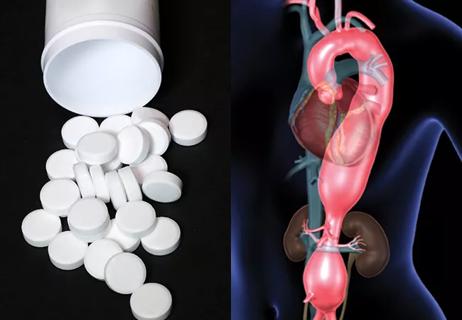
Large cohort study finds significant effect in men and nonsmokers
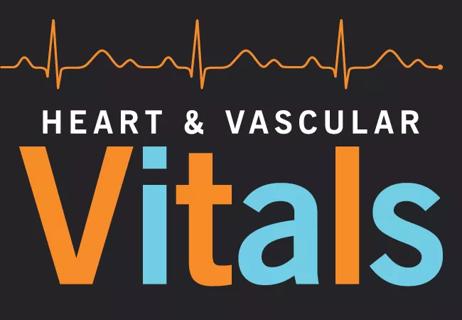
A sampling of outcome and volume data from our Heart & Vascular Institute

Concomitant AF ablation and LAA occlusion strongly endorsed during elective heart surgery

Large retrospective study supports its addition to BAV repair toolbox at expert centers

Young age, solid tumor, high uptake on PET and KRAS mutation signal risk, suggest need for lobectomy
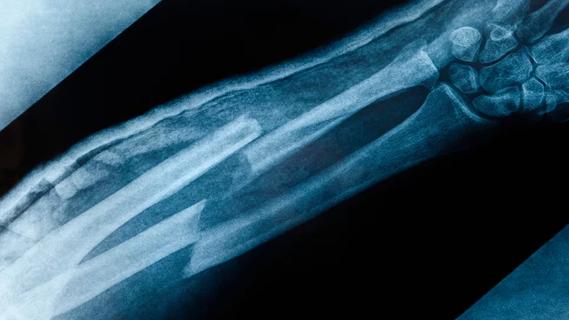
Surprise findings argue for caution about testosterone use in men at risk for fracture
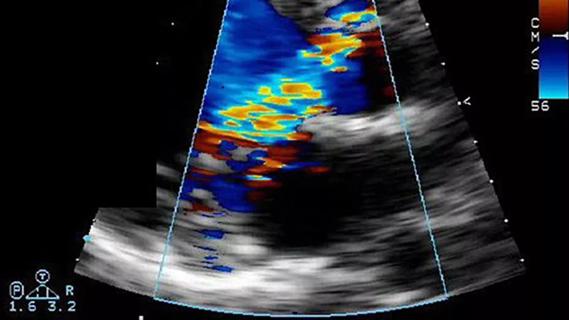
Residual AR related to severe preoperative AR increases risk of progression, need for reoperation
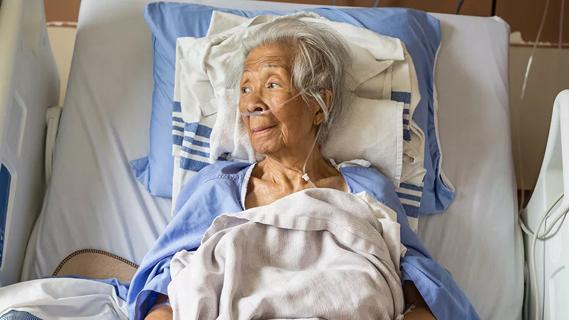
Findings support emphasis on markers of frailty related to, but not dependent on, age